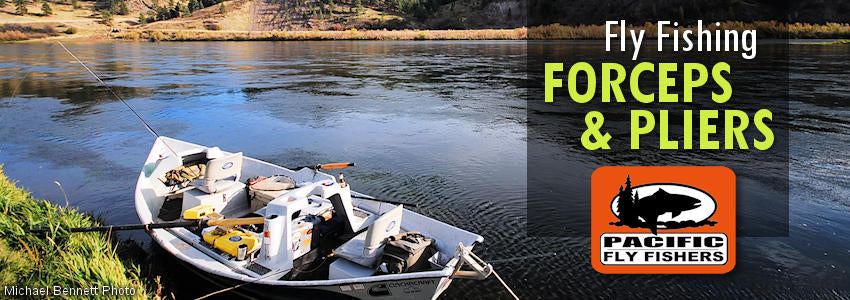
Forceps and Pliers
Forceps, clamps, hemostats… whatever you like to call them, they are an integral part of any fly angler’s essential gear. Fly fishing for larger saltwater and larger freshwater species? Well then, pliers might be the choice for you. Either way, forceps and pliers allow anglers to perform numerous common tasks while on the water. Most commonly, this would include pinching barbs on flies, removing hooks from fish, adding and removing split shot, and cutting monofilament leaders and tippet. Pacific Fly Fishers carries forceps and pliers from great manufacturers like Dr. Slick, Rising, Simms, Umpqua, and Loon.
Read more
Fly fishing forceps are used by almost all freshwater fly fishing anglers. Most forceps are designed with a flat (non-serrated) area at the tip of the jaws. This flat, non-serrated portion of the jaws makes it quick and simple to pinch barbs on flies to make the hook barbless. The rest of the inside area of the jaws typically is serrated to provide a better grip when needed for things like removing flies from a fish.
Most forceps are also designed so that they can be locked in the closed position. This convenient feature allows the angler to lock the forceps closed and hang them on the outside of a pack, vest, waders, or just about anywhere. This feature is so handy because forceps are used so often that it is nice to have them in a very handy area. Another frequent use of forceps is to pinch on split shot when nymph fishing. The little, tiny split shot we commonly use in fly fishing is difficult to handle and good forceps make it much easier to pinch the split shot into place and then pinch it just lightly enough to then remove it from the leader. Good nymph anglers know the importance of getting just the right amount of weight on the leader so adding and removing split shot is done routinely throughout the day.
Most designs of fly fishing forceps are designed so that your fingers go through loops to hold them just like a pair of scissors. Some forceps, called mitten clamps, don’t have loops. Mitten clamp forceps are certainly the way to go if you’re wearing mittens or bulky gloves, but some anglers simply prefer this style of forcep/clamp.
Another variation of forceps is scissor-style forceps, or scissor clamps. These forceps feature scissor blades in the back of the jaws. Scissor clamp style forceps can be very handy for cutting monofilament in addition to all of the other uses we’ve described. They can also be very useful for trimming yarn strike indicators or even trimming down a fly. With scissor style forceps, just be sure to keep the scissor blades away from your tippet when releasing fish or else you can accidentally cut the tippet in the process!
Pliers are often preferred by fly fishing anglers who are in pursuit of large fish, with large flies, and using heavy monofilament. Saltwater anglers usually prefer pliers and a good pair of stainless steel or anodized aluminum pliers is usually nearby any saltwater angler on a shallow bonefish flat or cruising the open ocean in search of sailfish or tuna. Another kind of fly fishing plier, however, is a barb-pinching plier commonly used by fly tiers at the fly tying bench. These barb pliers are specifically designed for quickly pinching barbs and usually have no serrations on the inside of the jaws. These flat jaws make it much easer to get the barb flat compared to pliers with serrated jaws.
-
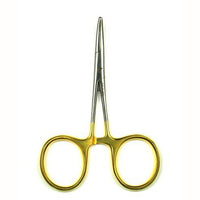 Dr. Slick 4" Curved Clamp
Dr. Slick 4" Curved Clamp
-
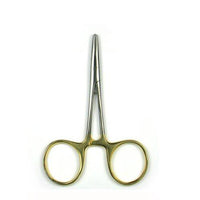 Dr. Slick 4.5" Barb Clamp
Dr. Slick 4.5" Barb Clamp
-
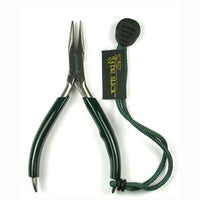 Dr. Slick 5" Barb Pliers
Dr. Slick 5" Barb Pliers
-
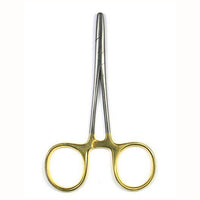 Dr. Slick 5" Clamp
Dr. Slick 5" Clamp
-
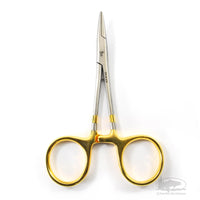 Dr. Slick 5" Spring Creek Clamps
Dr. Slick 5" Spring Creek Clamps
-
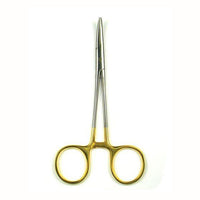 Dr. Slick 5.5" Curved Clamp
Dr. Slick 5.5" Curved Clamp
-
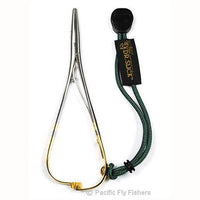 Dr. Slick 5.5" Mitten Clamp
Dr. Slick 5.5" Mitten Clamp
-
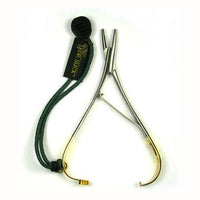 Dr. Slick 5.5" Mitten Scissor Clamp
Dr. Slick 5.5" Mitten Scissor Clamp
-
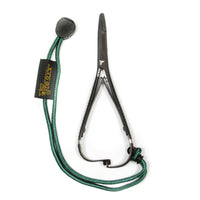 Dr. Slick 5.5" Mitten Scissor Clamp - Black
Dr. Slick 5.5" Mitten Scissor Clamp - Black
-
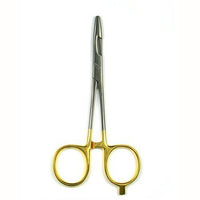 Dr. Slick 5.5" Scissor Clamp
Dr. Slick 5.5" Scissor Clamp
-
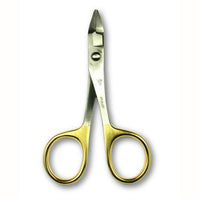 Dr. Slick Barb Crusher
Dr. Slick Barb Crusher
-
 Dr. Slick Micro Burst Plier - Black
Dr. Slick Micro Burst Plier - Black
-
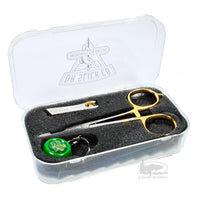 Dr. Slick Nipper, Zinger, Scissor Clamp Gift Set
Dr. Slick Nipper, Zinger, Scissor Clamp Gift Set
-
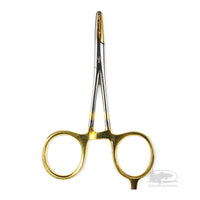 Dr. Slick Split Shot Clamps
Dr. Slick Split Shot Clamps
-
 Dr. Slick Squall Pliers
Dr. Slick Squall Pliers
-
 Dr. Slick Typhoon Pliers
Dr. Slick Typhoon Pliers
-
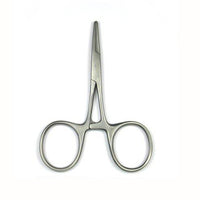 Eco 4" Clamp
Eco 4" Clamp
-
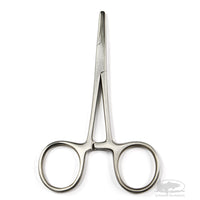 Eco 5" Clamp
Eco 5" Clamp
-
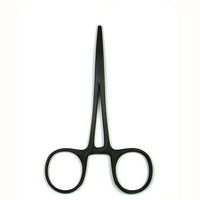 Eco 5" Clamp: Black
Eco 5" Clamp: Black
-
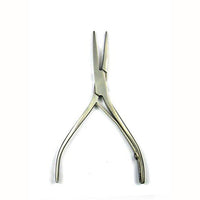 Eco Mini Barb Crusher Plier
Eco Mini Barb Crusher Plier
-
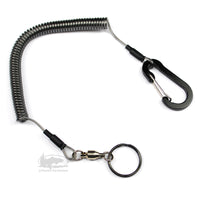 Loon Quickdraw Tool Tether
Loon Quickdraw Tool Tether
-
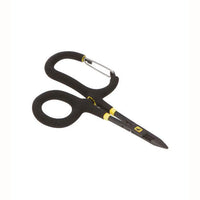 Loon Rogue Quickdraw Forceps
Loon Rogue Quickdraw Forceps
-
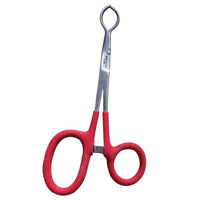 Rising Crocodile Clamps
Rising Crocodile Clamps
-
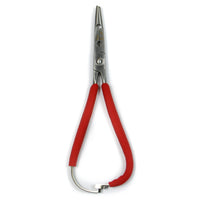 Rising Work Pliers
Rising Work Pliers
-
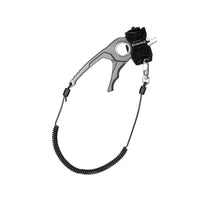 Simms Flyweight Pliers
Simms Flyweight Pliers
-
 Umpqua River Grip PS Scissor Forceps - 6"
Umpqua River Grip PS Scissor Forceps - 6"
-
 Umpqua River Grip PS Straight Forceps - 5"
Umpqua River Grip PS Straight Forceps - 5"
-
 Umpqua RiverRun Trout Pliers
Umpqua RiverRun Trout Pliers




























